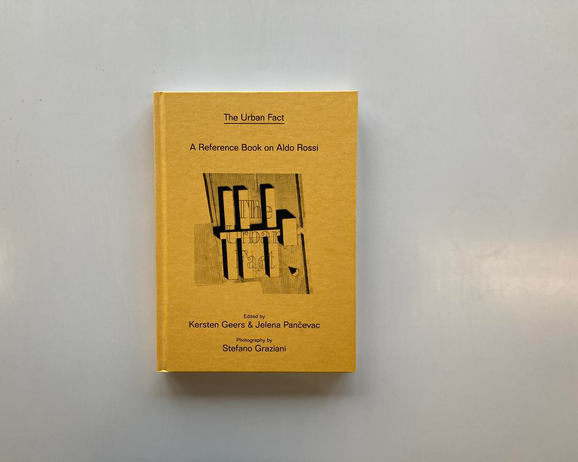Book presentation of 'La fausse montagne. Histoire d’une forme symbolique' (MētisPresses, 2021) by its author Michael Jakob.
In the heart of some of the most important gardens of the 16th century, artificial mounds representing Parnassus were erected. The artefact of the false mountain was subsequently used on many occasions and in unexpected forms, both in the context of Baroque festivities, with their ephemeral mountains, and during the ceremonies of the French Revolution, which brought together huge crowds around fake mountains dedicated to the Supreme Being. Artificial volcanoes, initiatory pyramids, picturesque mounds imitating Nature, piles of rubbish or the ultra-technical peaks of contemporary amusement parks, the artificial mountain has crossed the centuries.
By looking at the variations of this highly symbolic construction, Michael Jakob offers a fascinating journey through a landscape where each eminence is as much a mass of architectural matter as a signifying receptacle for the major issues of its time.
Michael Jakob teaches landscape and architecture theory and history at HEPIA and design and aesthetics at HEAD in Geneva. He is a visiting professor at the Politecnico di Milano and at the Academy of Architecture in Mendrisio. His current research focuses on the space of vertigo and artificial mountains. He is the author of, among other works, "Paysage et temps" (Infolio, 2007), "Poétique du Banc" (Macula, 2014), "Cette ville qui nous regarde" (b2, 2015) and scientific director of "Autour du Léman" (MētisPresses, 2018). He also edited "Des jardins et des livres" (Métis), a work awarded the Literary Prize René Pechère 2018.


